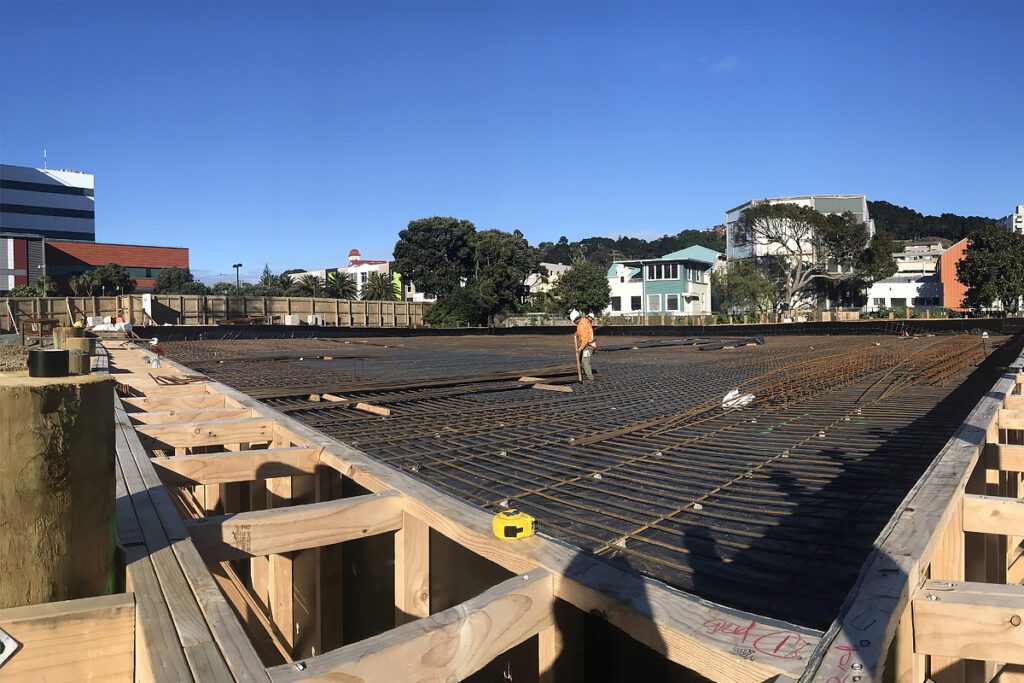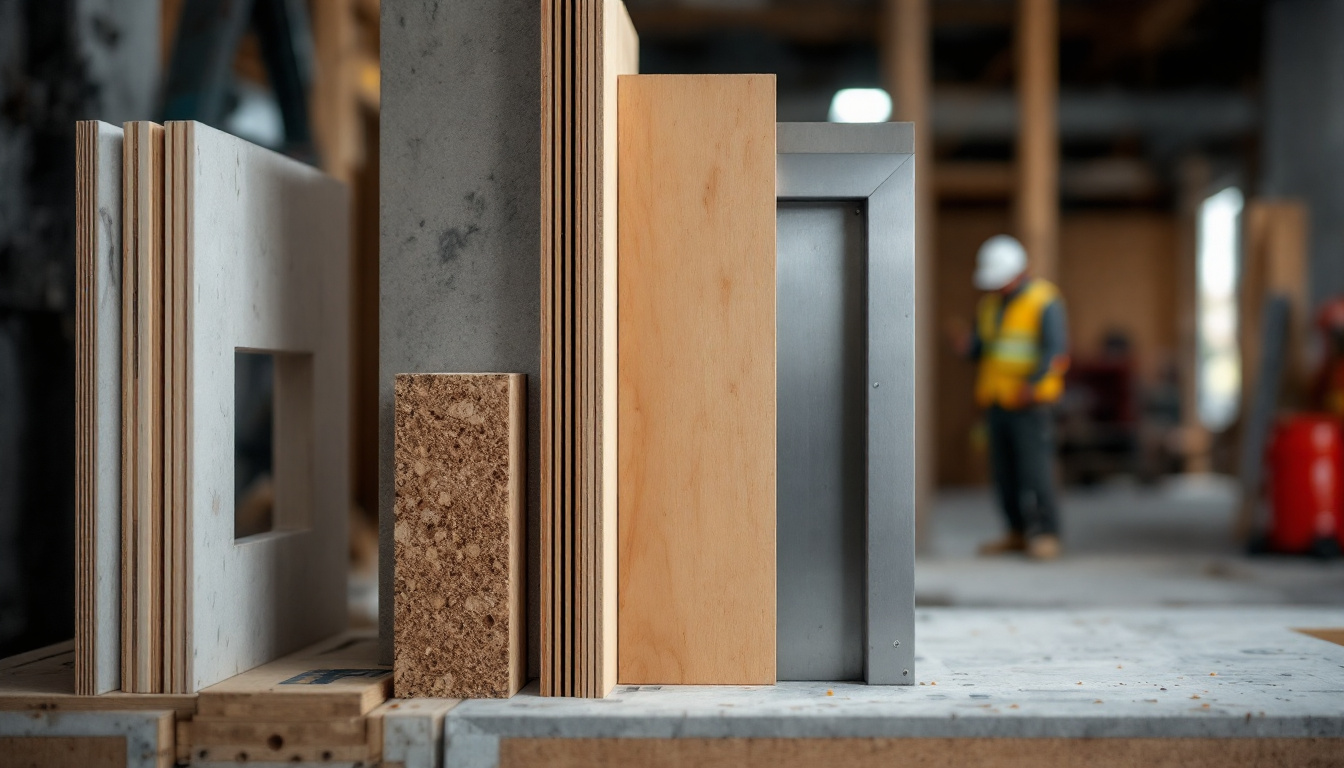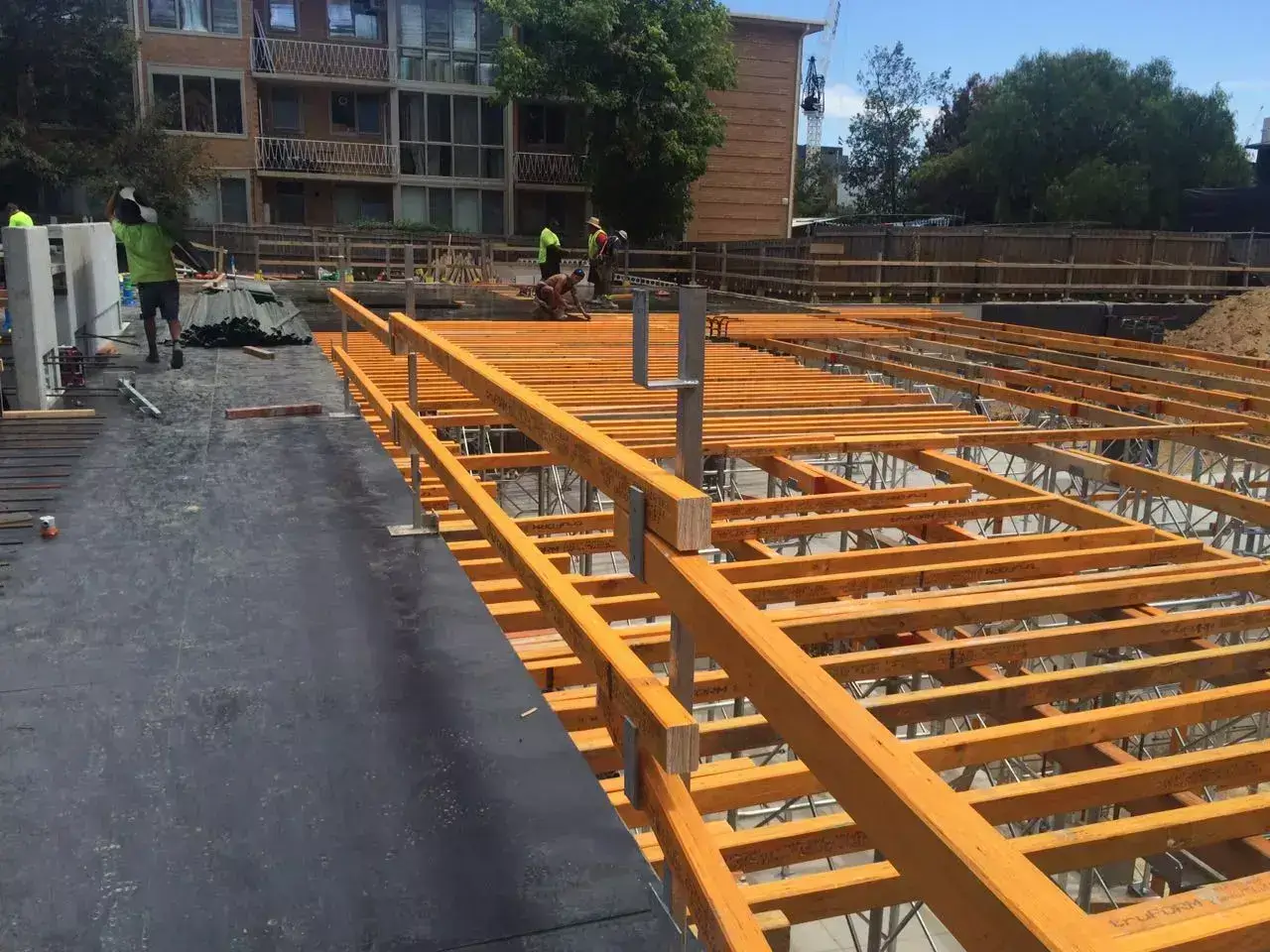When it comes to concrete construction, the choice of formwork material is crucial for achieving quality results. Among various options available, Formply stands out as the best choice for many construction projects. This article will delve into the fundamentals of concrete formwork, explore the specific advantages of Formply, and provide insights for selecting the right product for your needs.
Understanding the Basics of Concrete Formwork
Concrete formwork serves as a mold that holds fresh concrete in place until it hardens and gains enough strength. The effectiveness of the formwork significantly impacts the final quality of the structure, including its shape and surface finish. Properly designed and constructed formwork can minimize defects and ensure that the concrete achieves its intended load-bearing capacity, making it a critical aspect of construction projects.
Another significant advantage of using Formply is its environmental impact. Many manufacturers are now producing Formply from sustainably sourced timber, which not only reduces the carbon footprint associated with construction but also promotes responsible forestry practices. This eco-friendly approach is increasingly important in today’s construction industry, where sustainability is becoming a key consideration for both builders and clients. Furthermore, the reusability of Formply means that it can be utilized across multiple projects, further minimizing waste and contributing to a more sustainable construction cycle.
What is Concrete Formwork?
Concrete formwork is a temporary or permanent structure used to shape concrete during the curing process. It can be made from various materials, including wood, metal, or plastic. The choice of material affects the ease of installation, cost, strength, and surface finish of the concrete. For instance, steel formwork is often favored for its durability and reusability, while plywood is commonly used for its cost-effectiveness and ease of handling. Each material has its own set of advantages and limitations, making the selection process crucial based on the specific requirements of the project.

Key Components of Concrete Formwork
The major components of concrete formwork include panels, ties, braces, and hardware used for assembly. Panels form the visible surface of the concrete, while ties secure the panels together and prevent them from bulging under the weight of wet concrete. Braces add stability to the system, ensuring that the formwork stays in place during the pouring and curing process. Additionally, the use of form liners can enhance the aesthetic appeal of the finished concrete by creating textures or patterns, allowing for a more visually interesting surface that can complement architectural designs.
Moreover, the design of the formwork system must account for various factors such as the type of concrete mix, environmental conditions, and the anticipated load during the curing phase. For example, in colder climates, insulated formwork may be used to help maintain the temperature of the concrete, promoting proper curing and reducing the risk of cracking. Similarly, in projects involving complex shapes or large volumes of concrete, advanced formwork systems, such as modular or flexible formwork, can be employed to achieve the desired results efficiently while ensuring safety and structural integrity.
The Role of Formply in Concrete Formwork
Formply, or form-grade plywood, is specifically engineered for concrete work. It comes with a smooth surface that minimizes the need for finishing and offers consistent results. Understanding the unique attributes of Formply can help you appreciate why it is a preferred choice in the industry.
Defining Formply
Formply is a type of plywood that has been treated and manufactured to withstand the rigors of the concrete pouring process. It features a resin-impregnated surface that protects it from moisture and damage while providing a durable and reusable product for multiple pours. This resilience not only enhances its longevity but also makes it a cost-effective solution for contractors who require reliable materials for their projects. The treatment process often involves the use of high-quality adhesives and protective coatings that further increase its resistance to wear and tear, ensuring that it can endure the harsh conditions of construction sites. Read more about resistance on http://hyperphysics.phy-astr.gsu.edu/hbase/electric/resis.html
The Function of Formply in Formwork
The primary function of Formply in concrete formwork is to maintain the shape and integrity of the poured concrete. Its engineered properties allow it to hold up against the high pressures exerted by wet concrete without warping or cracking. Additionally, Formply’s smooth surface results in a fine finish on the concrete, reducing the need for additional finishing work. This is particularly beneficial in projects where aesthetic appeal is crucial, such as in architectural elements or decorative concrete applications. Moreover, Formply’s lightweight nature makes it easier to handle and install, which can significantly speed up the construction process, allowing for quicker project turnaround times.
Comparing Formply to Other Formwork Materials
While Formply has several advantages, it is important to compare it with other formwork materials to understand its position in the market. Two common alternatives are steel and traditional plywood.

Formply vs. Steel
Steel formwork is known for its strength and durability, but it comes with a significantly higher cost and weight. Moreover, steel requires more intricate handling and installation due to its heavier nature. In contrast, Formply is lighter and easier to assemble, providing a cost-effective alternative without sacrificing quality. Additionally, the installation of steel formwork often necessitates specialized labor and equipment, which can further inflate project costs. Formply, on the other hand, can be handled by a broader range of workers, making it a more accessible option for many construction teams. Furthermore, the quick setup and dismantling of Formply can lead to reduced labor costs and faster project timelines, a critical factor in today’s fast-paced construction environment.
Formply vs. Plywood
Traditional plywood can be used for concrete formwork, but it often lacks the durability and moisture resistance of Formply. Regular plywood can absorb moisture and swell, leading to potential issues with concrete finish quality. Formply is specifically designed to resist such swelling, making it a more reliable choice. In addition to its moisture resistance, Formply is treated with a special resin that enhances its longevity and performance under harsh conditions. This treatment helps prevent delamination, a common problem with regular plywood when exposed to wet concrete. Moreover, Formply’s smooth surface finish contributes to a superior concrete surface, reducing the need for extensive post-pour finishing work. This not only saves time but also minimizes the risk of defects that can arise from using inferior materials. As a result, many contractors are increasingly opting for Formply over traditional plywood to ensure both quality and efficiency in their projects. Click here to read more about treatment.
The Advantages of Using Formply
The benefits of using Formply for concrete formwork extend beyond just functionality. Here are some key advantages that highlight why it is often the material of choice for construction professionals.
Durability and Strength of Formply
Formply is designed to withstand the challenges of construction environments. Its enhanced durability allows it to resist wear and tear, which means it can be used multiple times before needing replacement. This resilience not only saves time but also resources, thereby making it an eco-friendly choice.
Cost-Effectiveness of Formply
Though the initial investment in Formply may be somewhat higher than standard plywood, its reusable nature translates into long-term cost savings. Fewer replacements mean that overall material costs decrease as the same sheets can be utilized for multiple projects without compromising performance.
How to Choose the Right Formply for Your Project
Selecting the right type of Formply for your specific project requires careful consideration of various factors. This section outlines some essential points to keep in mind during your selection process.
Considerations When Selecting Formply
When choosing Formply, factors such as the thickness of the sheets, the expected number of uses, and the type of concrete you will be pouring need to be evaluated. Thicker sheets are recommended for heavy-duty applications, while lighter sheets might suffice for smaller, less demanding projects.
Tips for Purchasing Formply
Here are some useful tips for purchasing Formply:
- Buy from reputable suppliers with a track record of delivering quality products.
- Check for certifications or quality assurances that validate the performance of the Formply.
- Ask about the lifespan and reuse capabilities of the sheets to ensure you get the best value.
In conclusion, Formply is a compelling choice for concrete formwork for its durability, cost-effectiveness, and superior finish. Understanding its advantages and how it compares to other materials can greatly enhance your projects while ensuring quality results.
Other resources: Formply Australia Where to Buy High-Quality Formply for Your Projects

